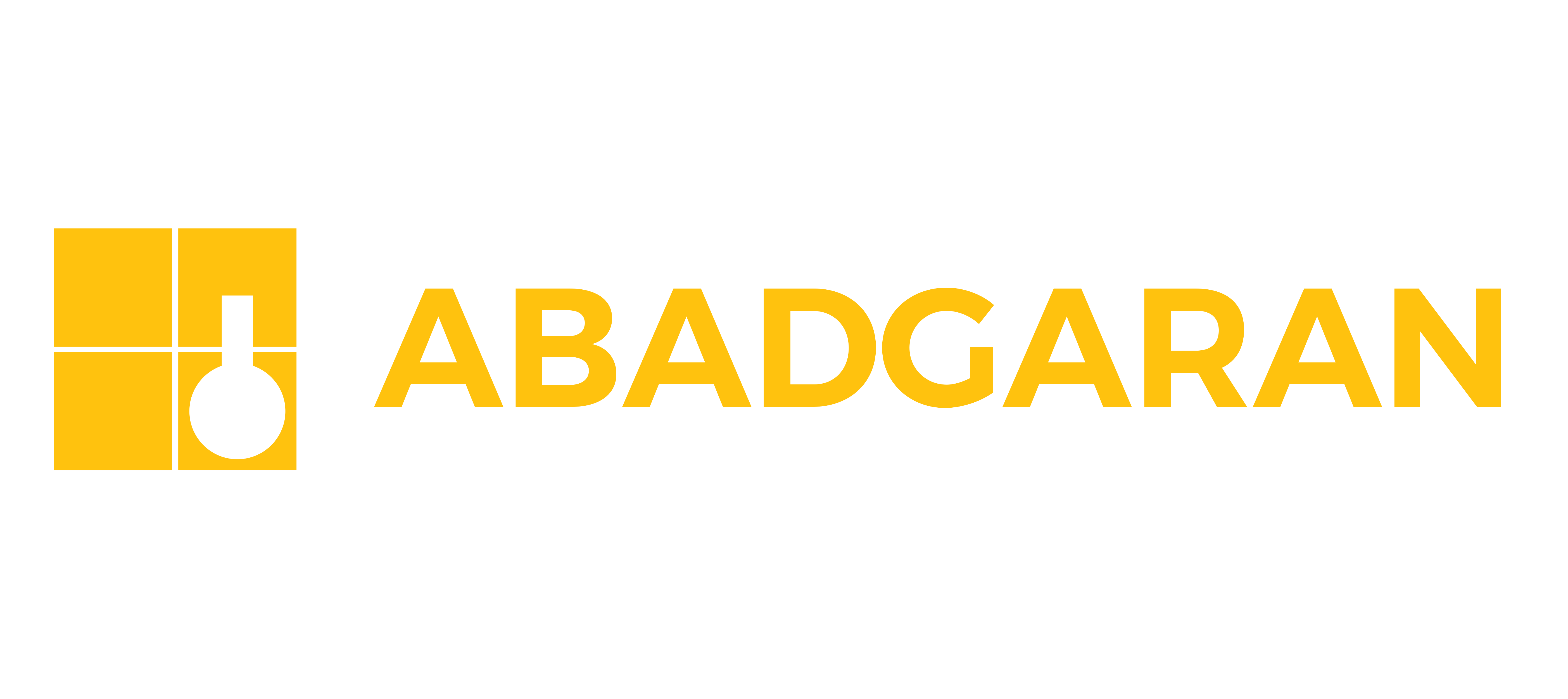
Please wait, loading...

Please wait, loading...

![]()

Causes of Defects, Methods of Inspection and Evaluation of Underwater Concrete Defects Based on ACI 546.2R Standard
Underwater concrete repair is one of the most challenging and sensitive aspects of civil engineering and marine structures. Underwater environments create specific conditions for concrete and repair materials due to hydrostatic pressure, continuous presence of water, temperature changes, and the chemical composition of water. Success in underwater concrete repair operations requires precise understanding of technical requirements, selection of appropriate materials, and use of advanced execution techniques.
The requirements for underwater concrete repair include structural damage assessment, environmental condition evaluation, and adaptation of repair methods to international standards. The main goal of these operations is to restore structural integrity, increase durability, and improve resistance against damaging environmental factors. In this context, using specific methods such as injection, underwater concreting, or waterproof repair materials plays a key role in achieving sustainable results.
This article/report reviews key requirements, materials used, and effective techniques in underwater concrete repair, and provides practical solutions to extend the service life of these structures. Precise planning and the use of specific methods and standards are essential.

Necessity of Underwater Concrete Repair
Underwater concrete is widely used in marine structures, bridges, dams, and other water-related projects. These structures are exposed to various damaging factors such as corrosion, erosion, abrasion, freeze-thaw cycles, dynamic loads, etc., which can cause serious damage to underwater concrete and reduce its strength and service life.
Repairing underwater concrete is crucial to maintain the strength and safety of structures throughout their service life. This process involves identifying and assessing defects, selecting appropriate repair methods, and precise implementation. The purpose of underwater concrete repair is to restore the strength and performance of concrete to its original level and prevent further damage.

Causes of Defects in Underwater Concrete
Inspection and Evaluation of Underwater Concrete Defects
According to ACI 546.2R, the evaluation process includes:

Classification of Defects Based on ACI 546.2R
Based on damage extent, underwater concrete defects are classified into:
Design Principles for Underwater Concrete Repair
Repair design must consider factors such as defect type, environmental constraints, climatic conditions, dynamic loads, etc. Important principles include:
Repair Methods and Execution Steps
Various methods exist for underwater concrete repair, selected based on defect type and environment. Common methods include:
Steps for Executing Underwater Concrete Repair
Recommended Product by Abadgaran
ABABUILD-1100 injection grout additive is an advanced polymer-based product that significantly reduces mixing water, improves grout appearance, and effectively prevents bleeding. It is designed to improve mechanical properties, durability, and workability of grout and concrete. Usually supplied as a liquid, it enhances final performance when mixed into cement grout or concrete for various applications.
References